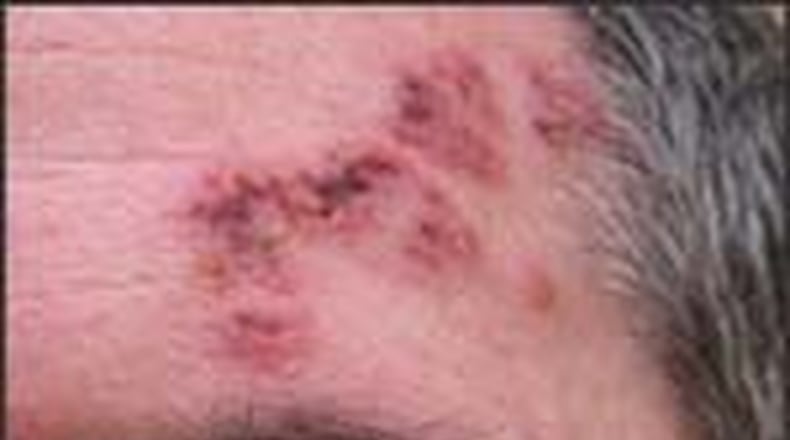Next Avenue has set straight several myths about the virus, which is caused by the same virus that causes chickenpox. Here are a few debunked myths about the infection known to cause a painful rash with blisters.
Myth: Only older people get shingles
According to the Centers for Disease Control and Prevention, the risk of shingles increases as you get older. But that does not mean that only older adults can get the virus. It’s estimated about 1 million people get shingles each year. Children can also get shingles.
Myth: You can only get shingles once
Much like chickenpox, it’s often thought that you can only get shingles once. But that’s not true for either infection. It’s not common to get shingles more than once, but it’s possible.
“New bouts usually show up on different parts of your body. A shingles vaccine could lower your chances of a second infection, even if you get the shot after you’ve already had shingles,” WebMD said.
Myth: Shingles isn’t contagious
If someone isn’t immune to chickenpox, a person with the varicella-zoster virus, which causes chickenpox and shingles, can pass it along to them.
According to the Mayo Clinic, the infection usually passes to another person through direct contact with open sores of the shingles rash. Yet once the virus is passed onto another person, they’ll be infected with chickenpox and not shingles.
About the Author
